Springtime in Arcadia: What to See, Do and...
Just a short distance from Athens,...
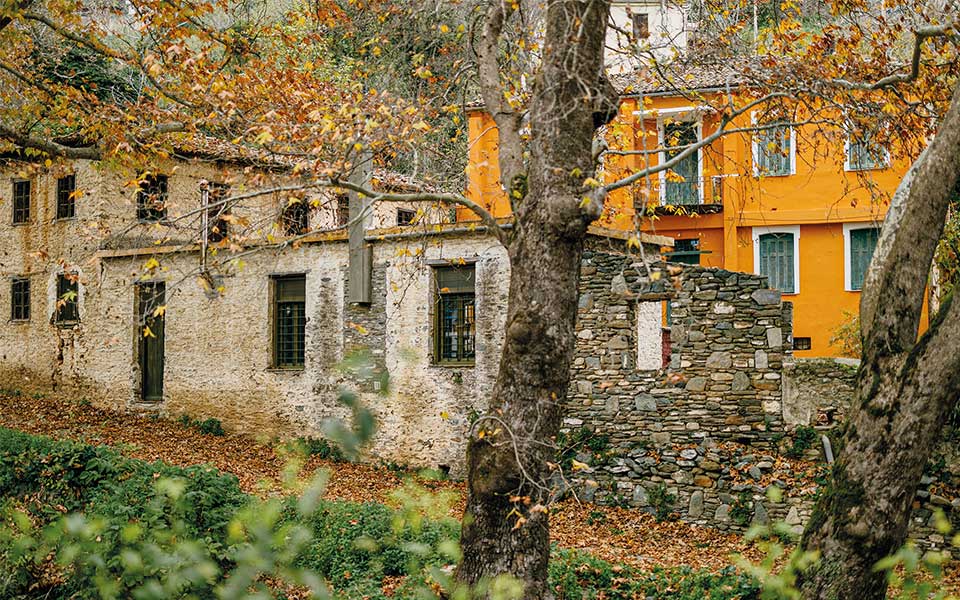
© Angelos Giotopoulos
A village in the foothills of Mt Kissavos that, until the mid-1970s, was primarily known for its silk production, Metaxochori became home to an artistic community in the 1990s and has been attracting the interests of visitors ever since. It’s a small village, just north of the town of Agia on the way to the seashore in the east of the Regional Unit of Larissa.
Well-known from the early 19th century onwards for the production of silk and cotton fabrics, Metaxochori attracted a prosperous new class of settlers thanks to its flourishing economy and trade. Those families built magnificent stone houses, many of which are still standing today. Years after the textile trade faded, the village was rediscovered by artists from Athens and Thessaloniki who bought those houses and restored them to their earlier splendor.
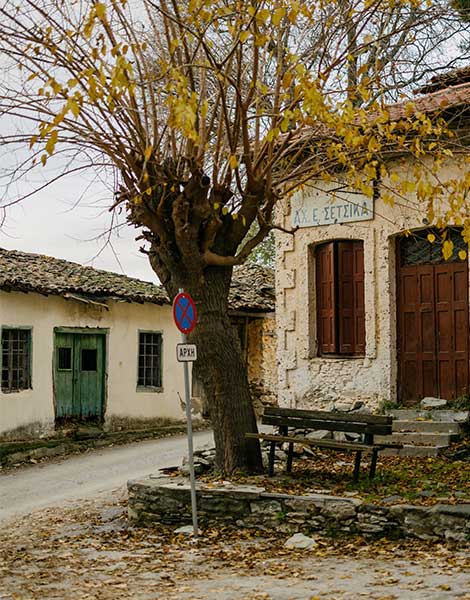
© Angelos Giotopoulos
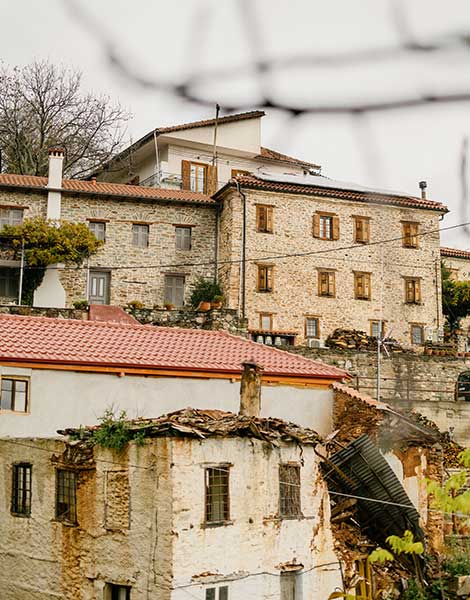
© Angelos Giotopoulos
As you walk through the narrow lanes of Metaxachori, you’ll spot a number of these wonderful stone buildings, such as the house of the Swiss banker and philhellene Eugene Favre, or the house of Theodoros Hatzimichalis, a local dignitary and academic, which was built in early 1800 and once housed a candle-making facility.
It’s also worth visiting the two-storey stone building that was once home to the Girls’ School; the building has been restored, and today it hosts events of the village’s cultural association as well as a small collection of folk art.
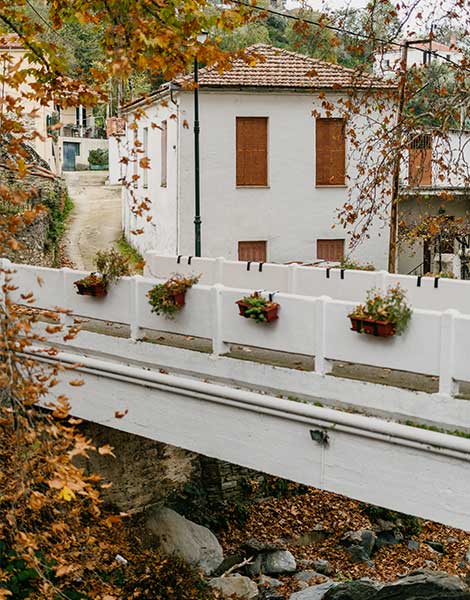
© Angelos Giotopoulos
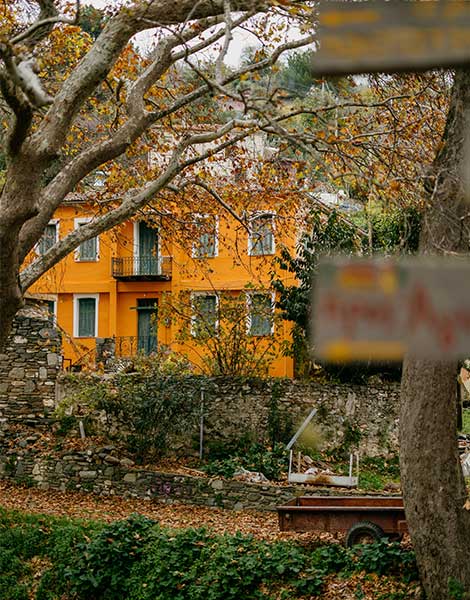
© Angelos Giotopoulos
If you prefer longer walks, you can take the 02 National Trail that connects Mt Olympus to Mt Pilio. The route most people follow is from Metaxochori to the village of Anatoli at an elevation of 960 meters on the slopes of Mt Kissavos. This a relatively easy hike of 6.8 kilometers, but it has a steady incline with an elevation change of approximately 700 meters.
Just outside the town of Agia, you can visit the Yiam Flavor Lab, a culinary enterprise run by Avra Panousopoulou (Agia, Tel. (+30) 24940.222.25). The company produces marmalades, preserves and other foods, and visitors are welcome to take part in the production and to purchase some of her delicacies.
In Metaxochori, Guesthouse Souliotis (Metaxochori, Tel. (+30) 24940.220.40) has been welcoming visitors to the village since 2001 and was recently listed as one of the 24 most hospitable guesthouses in the country by the Greek travel magazine TAXIDIA. It is housed in a stone building that was restored with care and passion for detail, preserving its distinct character. Breakfast includes homemade savory pies and marmalades as well as fruits from the region. In the village of Skiti, 12 kilometers from Metaxochori is the traditional guesthouse Eos (Skiti, Tel. (+30) 24940.515.00) with beautiful views. The guesthouse offers twin and triple rooms with either a balcony or a fireplace, as well as two rooms for families. In Skiti, you will also find Skiti Villas (Skiti, Tel. (+30) 6944.254.924) where visitors can stay at one of six modern villas. With two bedrooms, a kitchen, dining room and living room each, the villas are ideal for families or groups.
Right on the village square, next to the ravine and under the plane trees, is St’ Rematia (Metaxochori, Tel. (+30) 24940.243.80), a taverna that serves everything from burgers and sausages to Greek dishes, accompanied by homemade french fries. A bit further up the square, at Keramidi (Metaxochori, Tel. (+30) 24940.240.30) the menu includes wild boar in a red sauce, rooster in a wine sauce, and grilled meats such as pork, lamb, chicken and skewered mutton. For dessert, the halva Farsalon (a sweet semolina treat named after the Greek town of Farsala) is a must. In the village of Melivoia, 10 kilometers from Metaxochori, La Gantem (Melivoia, Tel. (+30) 24940.315.91) is known for its magnificent views and its rich pasta dishes and its pizzas prepared in a wood-fired oven. For lamb chops, burgers and sausages, I Oraia Skiti (Skiti, Tel. (+30) 24947.711.40) in the village of the same name is the perfect choice.
From Athens: Metaxochori is 378 kilometers away; you’ll need about 4 hours. Gasoline and tolls will cost about €100 and €44 respectively.
From Thessaloniki: Metaxochori is 175 kilometers away; you’ll need about 2 hours. Gasoline and tolls will cost €46 and €19 respectively.
Just a short distance from Athens,...
Discover Pyrgi in Chios, a medieval...
Landscapes of wild beauty, legendary vendettas,...
Discover how Swiss photographer Wolfgang Bernauer...